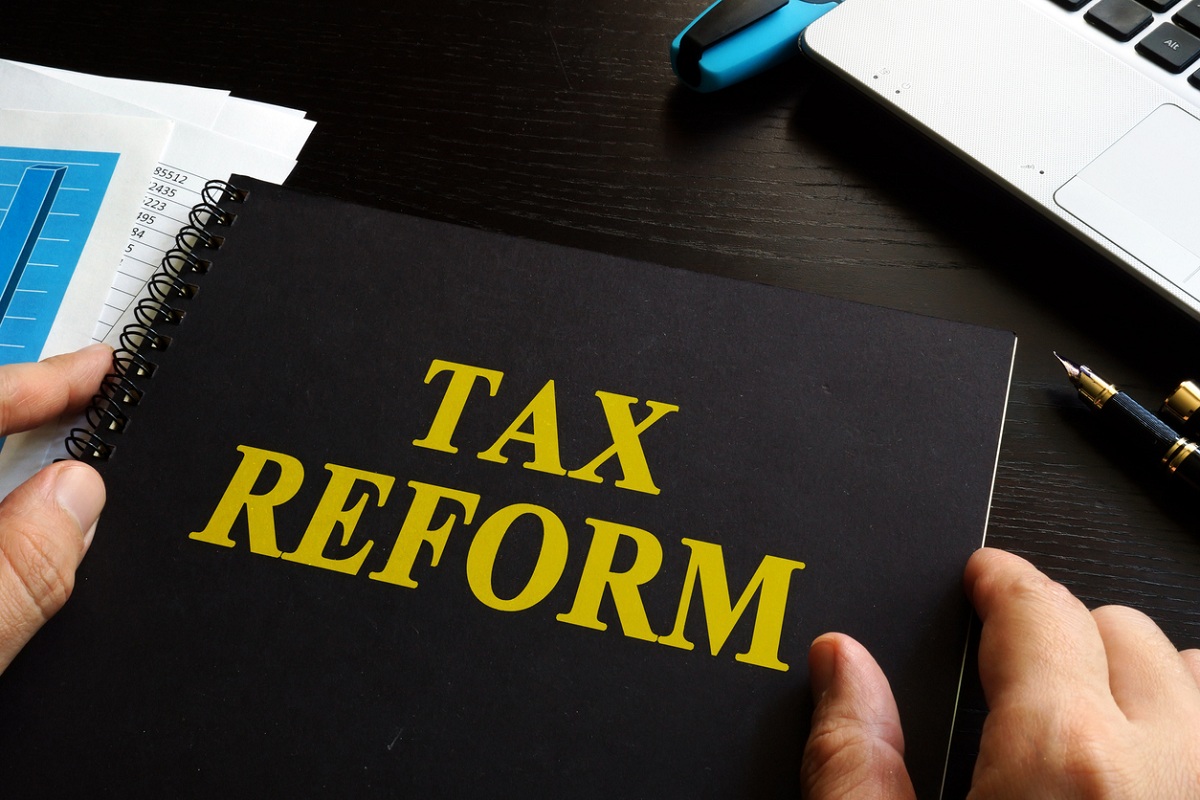Elon Musk hits out at Australia over ruling to hide stabbing videos
Tech billionaire Elon Musk has hit out at Australia over the country's attempts to ban footage of a Sydney church stabbing on his social media platform X.
Australia, like much of the world, finds itself navigating turbulent economic waters. In a bid to ease the financial strain on citizens, Prime Minister Anthony Albanese has announced a bold move to reshape tax cuts, a decision that has sparked both support and controversy.

(Representational Image: iStock)
Australia, like much of the world, finds itself navigating turbulent economic waters. In a bid to ease the financial strain on citizens, Prime Minister Anthony Albanese has announced a bold move to reshape tax cuts, a decision that has sparked both support and controversy. The essence of this tax reform lies in a redistribution strategy that aims to provide relief to those who need it most. By lowering tax brackets for individuals earning up to A$135,000 and reducing tax breaks for high-income earners, Albanese’s government intends to bridge the gap between economic classes.
This move, set to take effect from July 1, is a calculated response to the surging cost of living, a challenge that has left many Australians grappling with the reality of higher inflation. At the heart of the reshaped policy is a commitment to supporting middle-class working families without adding to inflationary pressures. Mr Albanese, at a press conference held in the New South Wales town of Orange, emphasised the government’s dedication to providing relief without sacrificing economic stability. With inflation reaching 7.8 per cent in December 2022 and easing to 5.4 per cent in the third quarter of 2023, the timing of this reform seems apt, addressing the immediate concerns of households under financial duress.
The tax reform also signals a significant political manoeuvre for the Albanese-led Labour government. Facing a dip in public support and grappling with disapproval ratings that have outstripped approval numbers, Mr Albanese is taking a gamble to restore confidence. The announcement follows the government’s earlier commitment of A$23 billion in targeted cost-of-living relief in May 2023, a move that acknowledged the growing financial strain on citizens. However, not everyone is applauding this tax reform agenda. Political opponents argue that Mr Albanese has sacrificed credibility by breaking an election pledge not to modify the tax policy legislated by the previous government in 2019. The opposition’s assertion that Mr Albanese has wrecked his credibility echoes through political discourse, adding a layer of complexity to the government’s economic narrative. In the face of criticism, Mr Albanese’s gamble could be seen as an acknowledgment of the fluid nature of governance.
Advertisement
While critics decry the deviation from campaign promises, supporters argue that adapting policies to changing economic landscapes is a mark of responsible leadership. The reshaping of tax cuts underscores the government’s ability to pivot in response to unforeseen challenges, a trait that might resonate positively with a public grappling with the uncertainties of the current economic climate. As Australia braces for the impact of these reforms, the weeks leading up to the Parliamentary session resumption on February 6 will be crucial. The success or failure of this policy shift will likely shape the narrative of Mr Albanese’s leadership.
Advertisement